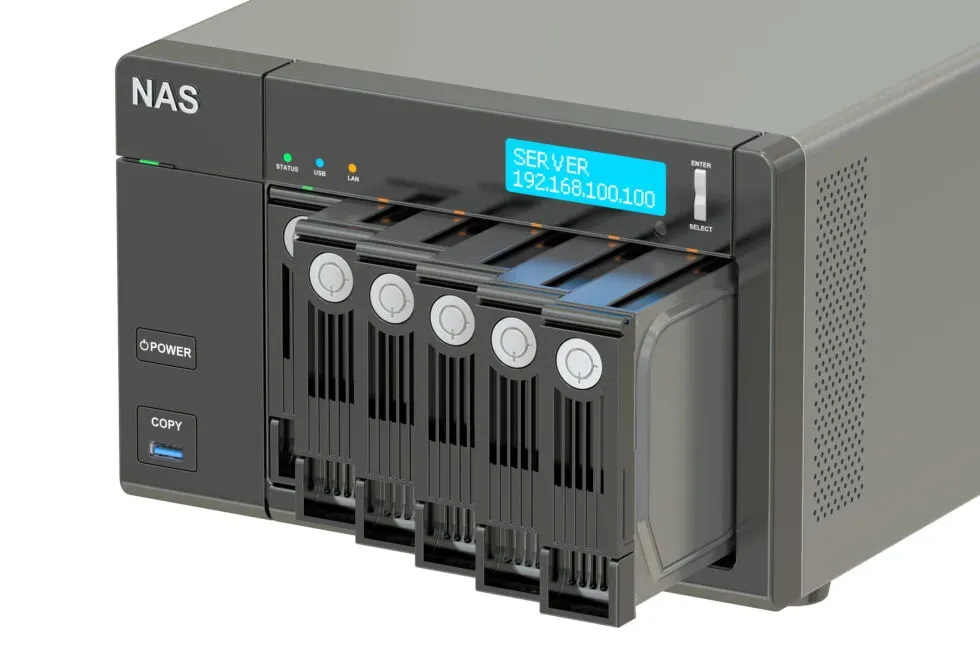Essential Home Office Hacks: 8 Things You Need to Improve Your Workspace

Home offices have received a lot of attention over the last couple of years. When offices around the world closed at the start of the pandemic, we all remembered how important it is to have a consistent, comfortable workspace with all the tools and technology you need to be successful. But what’s next?
If you’ve rushed to set up your home office during the pandemic, there are probably some luxuries you’ve overlooked (or couldn’t find in stock). If you’ve transitioned to a hybrid job where you occasionally work remotely and occasionally go to the office, some home office upgrades can help you stay productive no matter where you work. Meanwhile, old home offices also deserve new hacks to keep up with your growing needs.
If you’re ready to take your home office to the next level, take a look at these eight technologies we recommend to improve your workplace. Today we will focus on general ideas rather than specific products.
Your own router

The decision to rent or own is often tricky, but everything is easier when it comes to a home router. If you have a permanent home office, it makes sense to buy your own router. You’ll save money in the long run and you’ll actually own the hardware instead of paying a monthly fee to your ISP to borrow it. However, buying your own means you can no longer rely on your ISP to resolve hardware issues.
When you invest in your own Wi-Fi router, you get control over the features you get. Make sure the router is equipped with maximum speeds and has the bandwidth to support computers, smartphones, tablets, smart bulbs, and anything else connected to your home Wi-Fi network.
If you have a more demanding use case, such as a highly connected smart home with many users, a large home with dead zones, or a PC with a lot of high-definition live streaming of games, you may need some additional features that you will not see the router/Wi-Fi combo in the base device. A grid system, for example, helps expand coverage over a wide area. There are also more advanced Wi-Fi settings for businesses if you want to dive into really powerful Wi-Fi settings.
Network storage that can be accessed from anywhere

Cloud storage services like Google Drive and Dropbox are convenient, but they come with storage limits, subscription fees, and the nasty feeling of sharing your data or licensing it to a third party.
With network-attached storage (NAS) that supports remote access, you can view your files online, whether you’re working remotely or in person at the office. You don’t need remote access to a computer that you may or may not have left on. And only you, not Google or anyone else, has control over the data.
Even a NAS that doesn’t support remote access can enhance the convenience of your home office. As your home’s single file storage hub, the NAS can function as a media server, so every device and person connected to your network can check the spreadsheet you’ve created, the movies you’ve purchased, or the photos you’ve purchased from an online store. last family vacation without having to send files or storage equipment. Just remember that accessing most consumer-grade NAS devices isn’t as fast as local storage, so you might not be using your NAS for things like editing high-definition videos, or shelling out big bucks for something really fast.
If you have sensitive files that you can’t afford to lose, a NAS device with some basic redundancy can help you feel more secure than just using an external hard drive or SSD, although they tend to be more portable. You can expand your storage by adding multiple SSDs or HDDs to your NAS’s drive bays.
(Remember, however, the axiom that “RAID is not a backup.”Having a NAS with redundant drives will keep your data available in the event of a failure, but will not save you if someone breaks into your home and steals the NAS, or if your home make sure you do remote backups of any really irreplaceable data!)
Leave a Reply